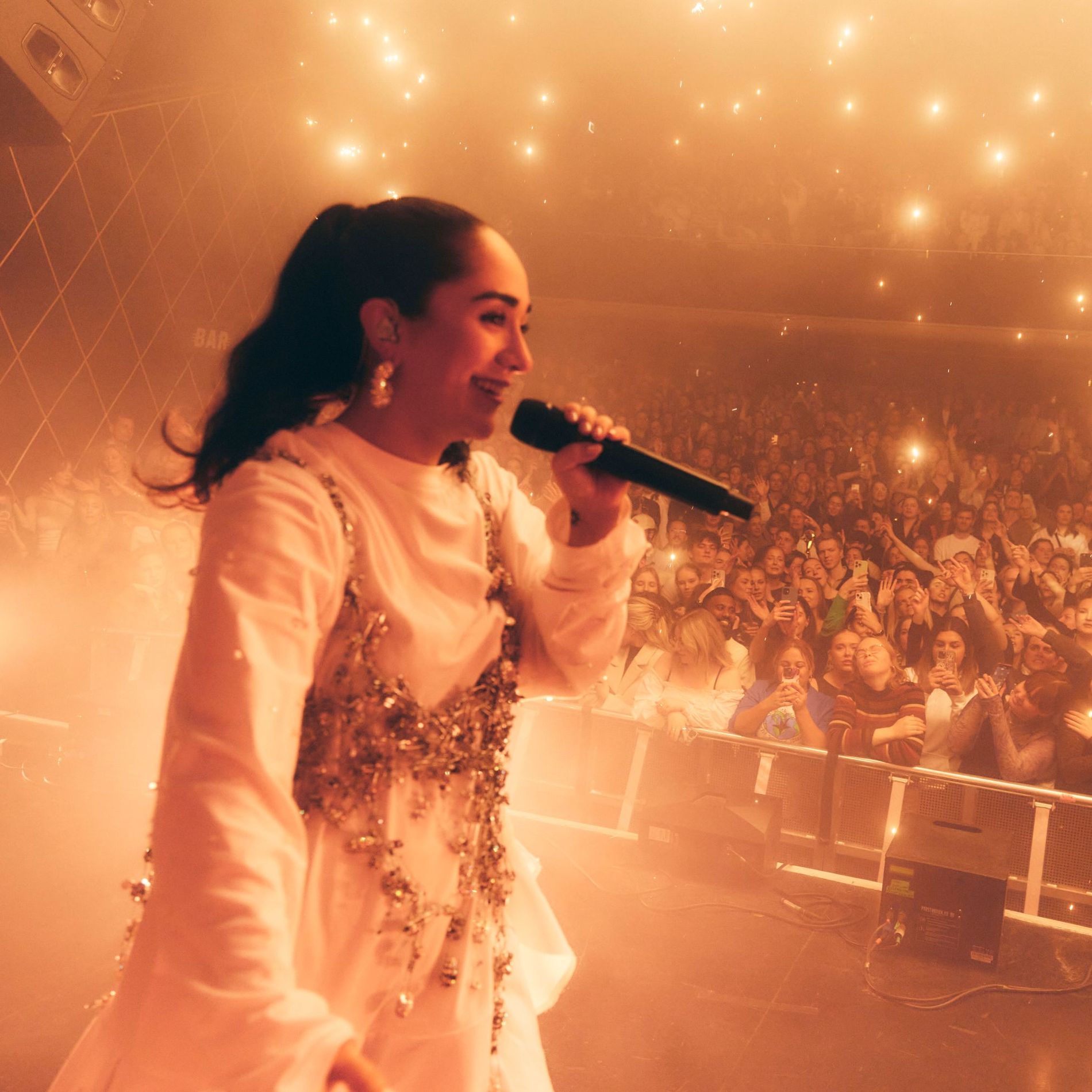In these exclusive images, Norwegian-Iranian artist takes us behind the scenes of her homecoming show in Oslo and reveals the origin of her cinematic look
There’s nothing like the energy of a homecoming show. Just ask Norwegian-Iranian artist Amanda Delara – known simply as Delara – who performed to a sold-out Sentrum Scene in Oslo on Saturday evening. “For all of my shows, it’s a room filled with love and a lot of good energy –people take time to come to the show, they worked hard to buy their tickets, so there’s so much love in the room,” says Delara, noting this is her first local show in five years. “But the difference with a homecoming is the expectations are a little higher and maybe that feeling of love is a little bit more.” Dotted among the 2000-person crowd were her childhood friends, fellow Norwegian artists as well as her “biggest fan”: her mother. “She always posts a lot of pictures,” Delara says.
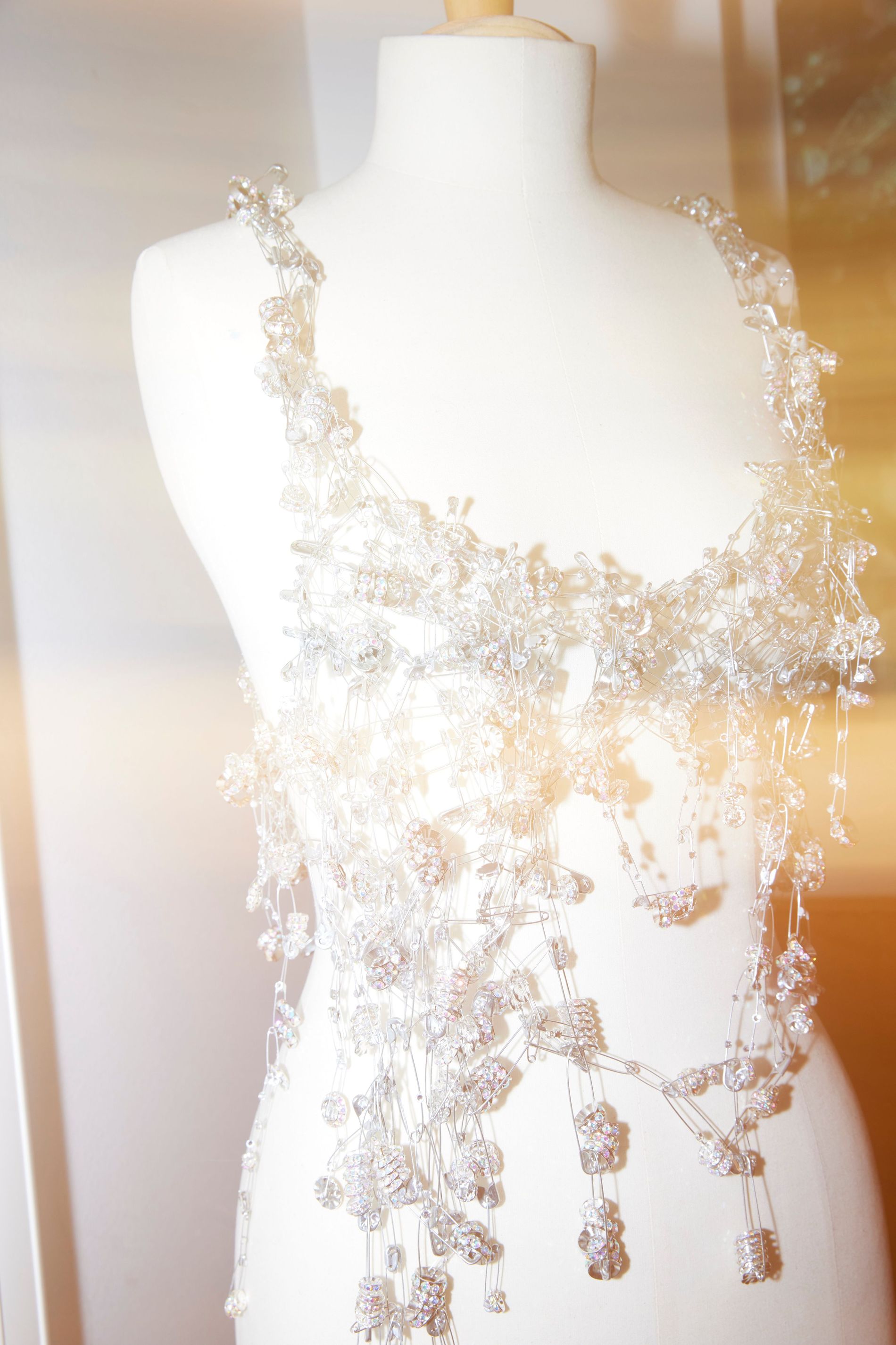
Photo: Emma Sukalic
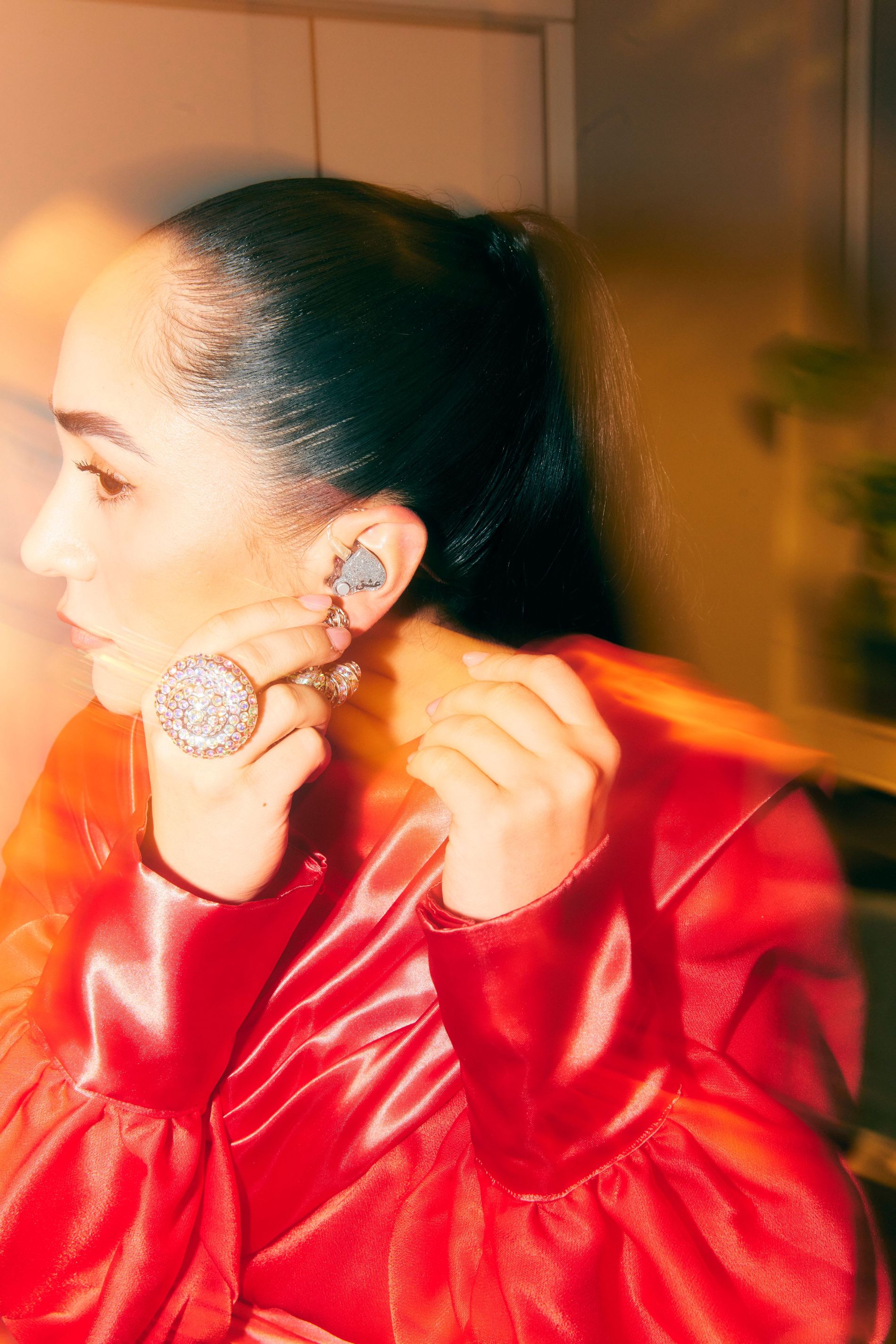
Photo: Emma Sukalic

Photo: Emma Sukalic
A lot has happened for Delara in the five years since she last performed in Oslo, most notably, the release of her first album: Shahrazad (the name is derived from a Middle Eastern folktale called One Thousand and One Nights). On stage, the artist reimagines the album cover, draped in an extraordinary red gown by Norwegian-Iranian designer Pegah Afifi (perched atop a platform with the gown cascading to the floor, Delara appears as an otherworldly goddess). To add to the impact, she’s bathed in red light. “The colour red really symbolises strength,” she says. “So visually, I wanted the show to start with a lot of red.” She kept her hair and makeup simple, keeping the focus on the cinematic costume and the raw power of her performance.
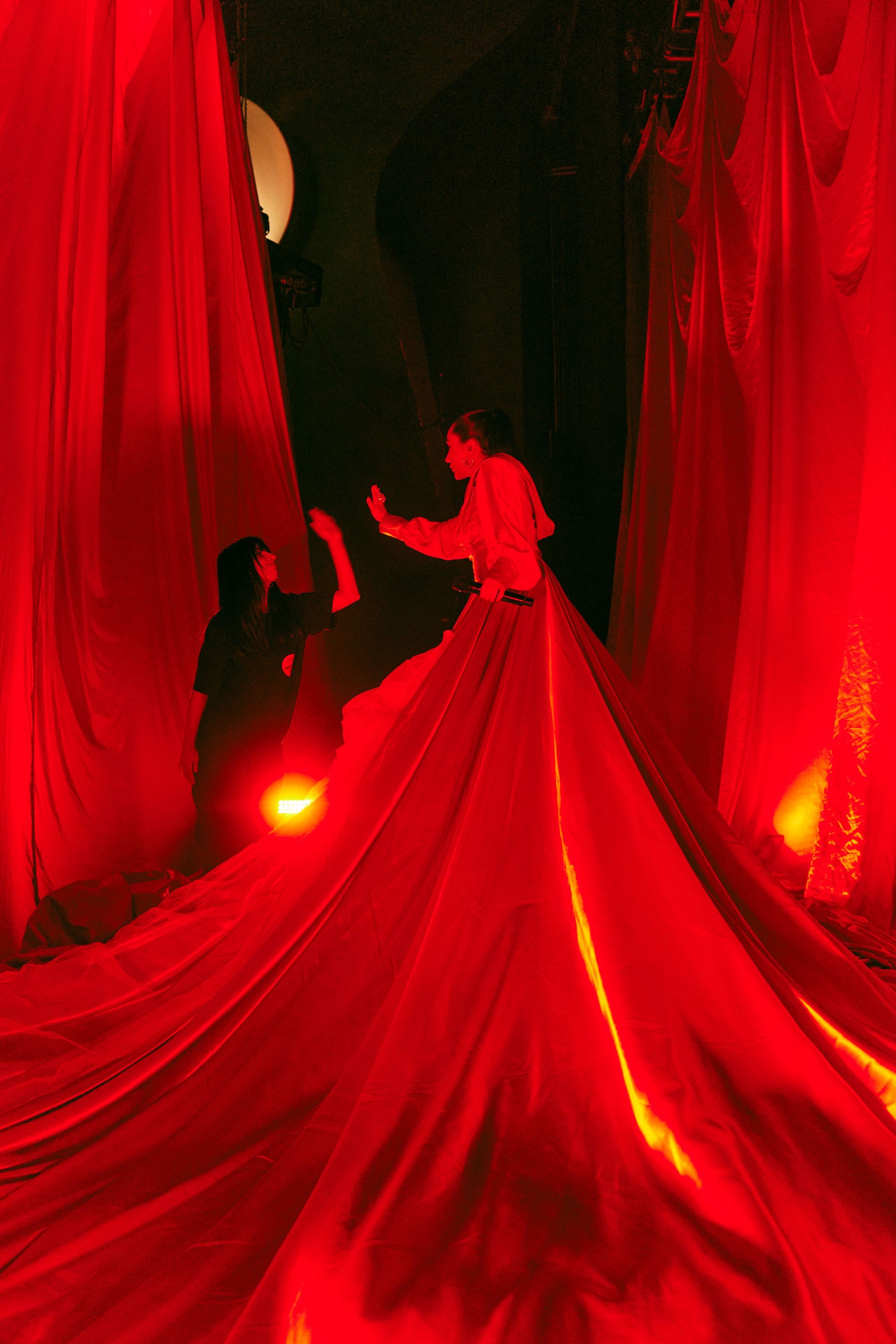
Photo: Emma Sukalic
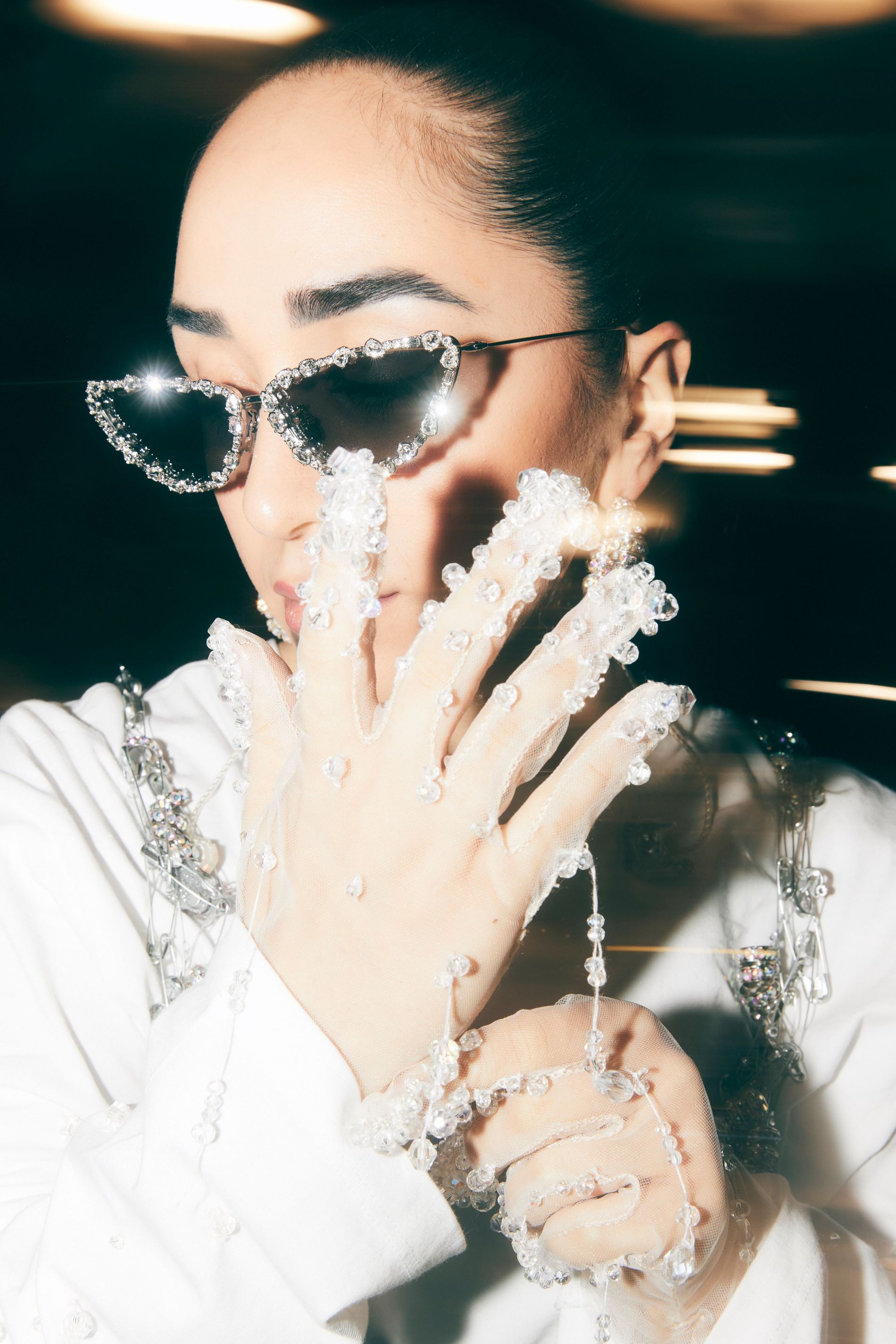
Photo: Emma Sukalic
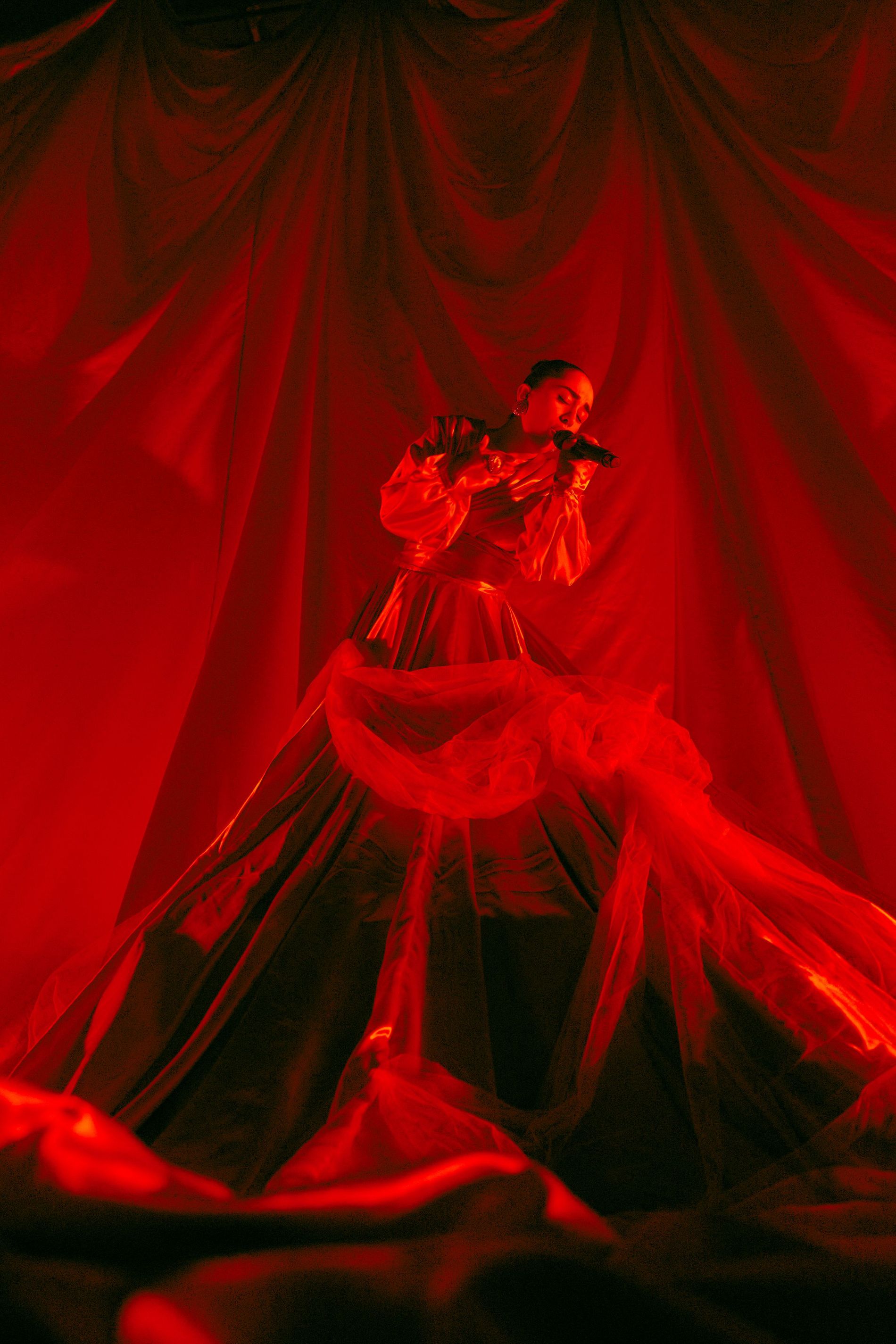
Photo: Emma Sukalic
For Delara, it was vital that her Middle Eastern heritage be reflected in the feel and aesthetic of her show, for instance, in those draped, silky textiles. “It boils down to me finally finding my voice and embracing who I am without compromising to anyone or to society because I am both a Middle Eastern woman and Norwegian,” she says. “When I was young, I wished I could be completely Norwegian. As a child I just wanted to fit into society, both in what I did with my family on the weekends and my physical traits. But as I’ve grown older, I’ve learned to embrace my roots, to be proud of them and to find beauty in it. To bring it out in my art onstage.”
It boils down to me finally finding my voice and embracing who I am without compromising to anyone or to society because I am both a Middle Eastern woman and Norwegian.
Delara
Growing up, Delara couldn’t see herself in the female Norwegian artists putting out music. Her hope is that the young women who discover her artistry can see being multicultural “as a gift”. In fact, Delara’s entire team, from her band to her aforementioned stylist and designer to her management span a wide range of backgrounds – a reflection of Norway she missed out on in the art available to her throughout her own adolescence.
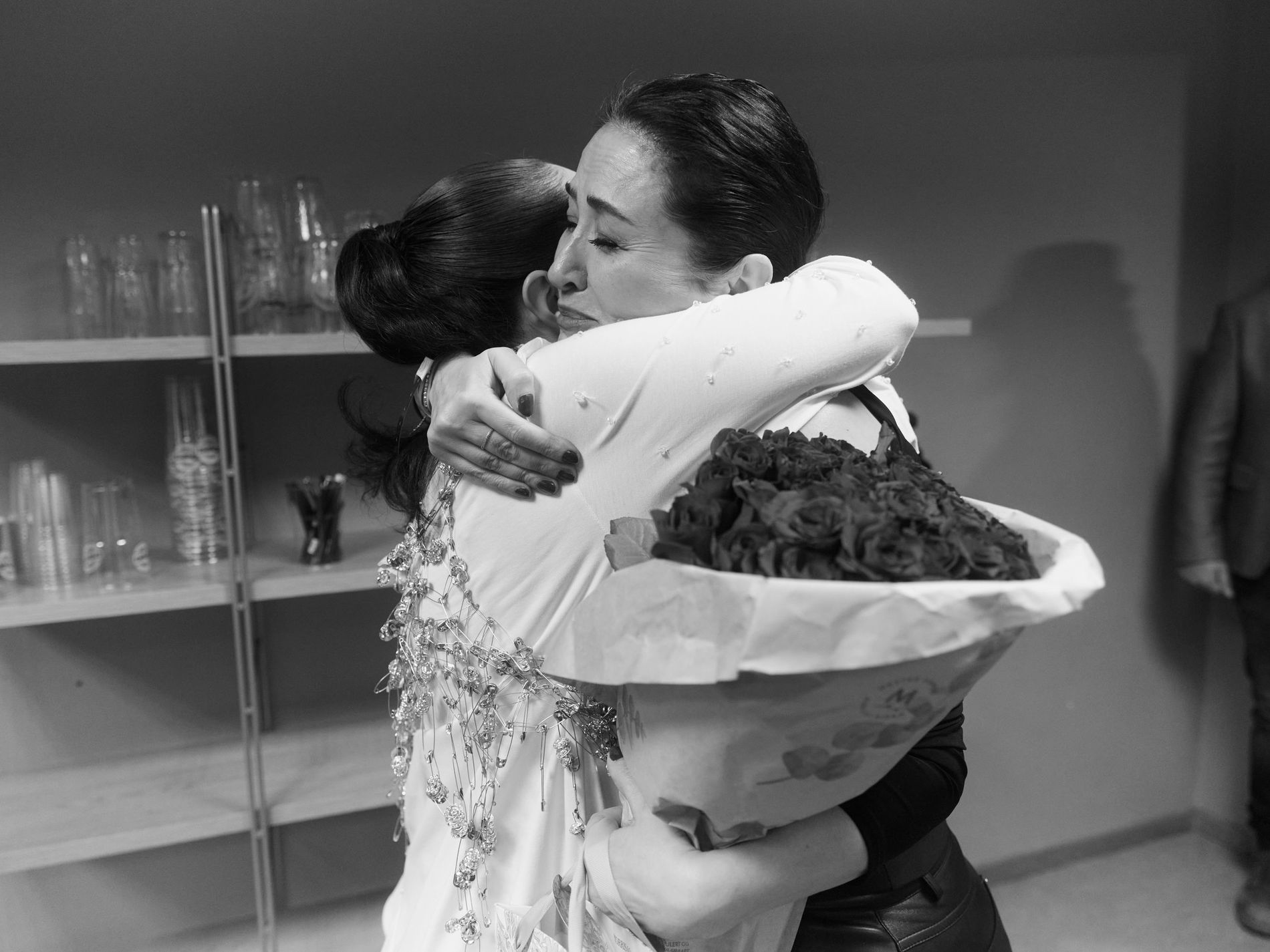
Photo: Emma Sukalic

Photo: Emma Sukalic
The beauty of a live show often lies in the unexpected. In Delara’s case, this meant spontaneously stepping right off the stage. “I was looking out at the crowd and I really just wanted to go to the middle of the crowd and feel their energy,” she says. “It really created a beautiful moment with the audience.”
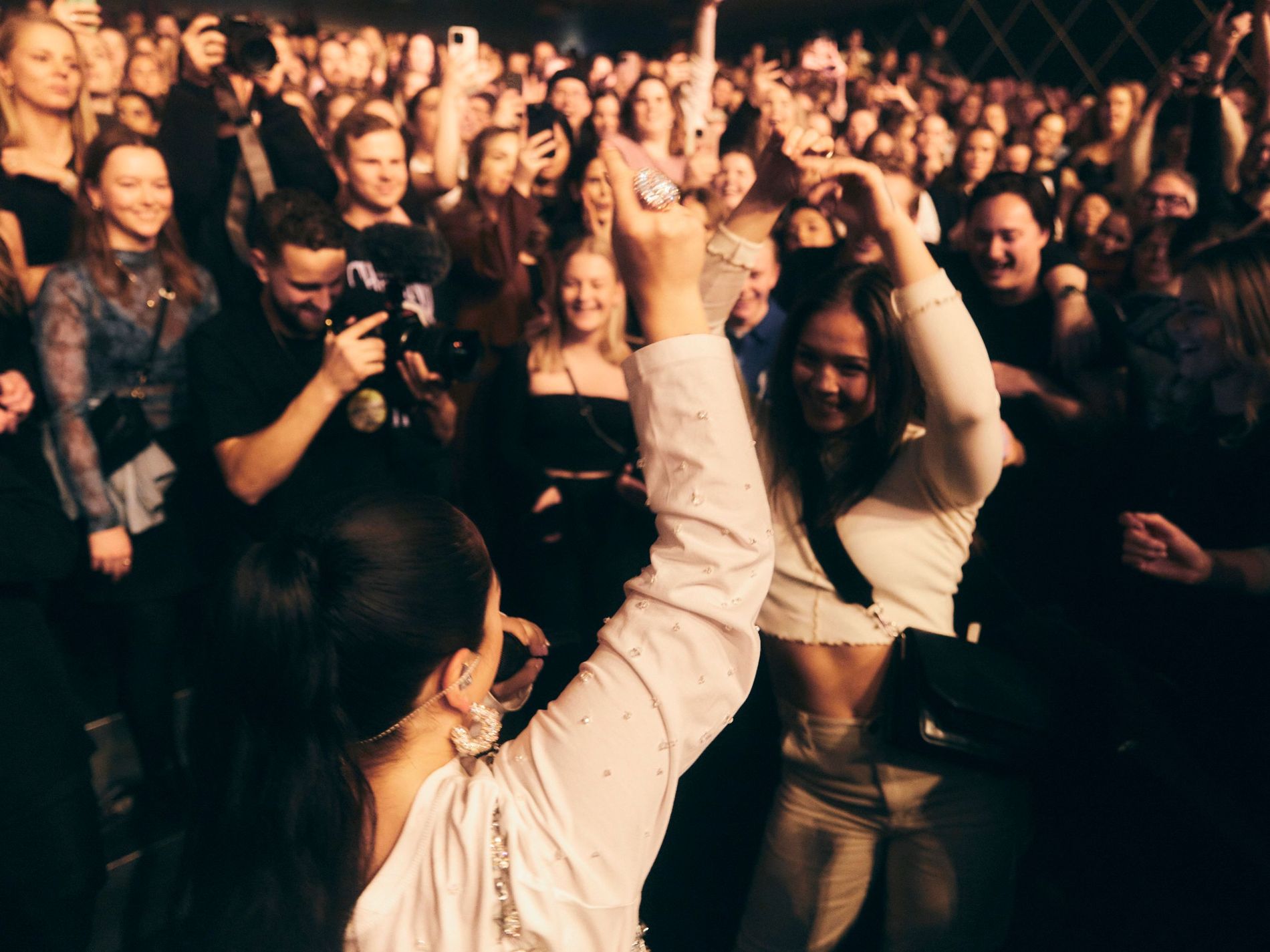
Photo: Emma Sukalic
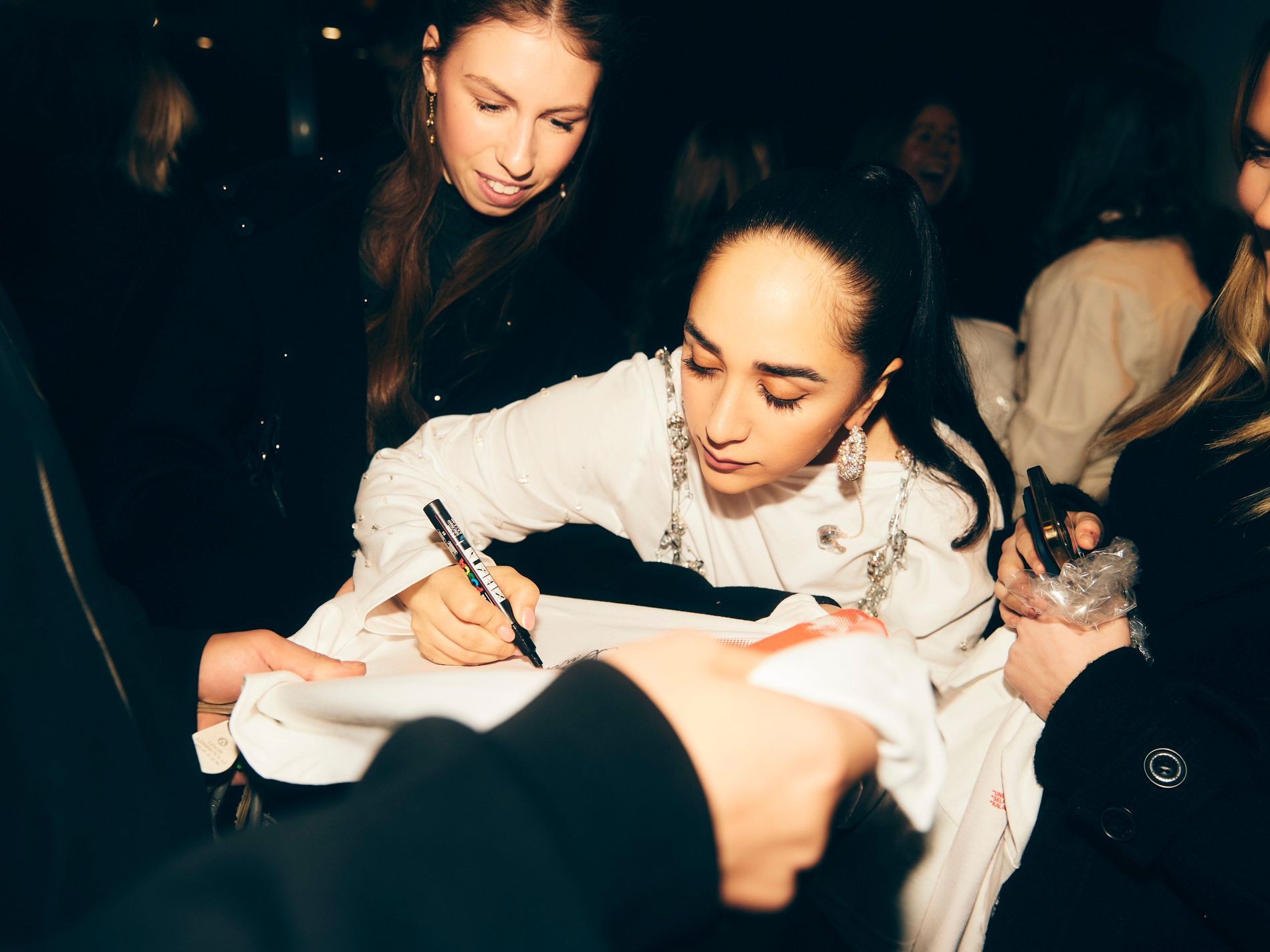
Photo: Emma Sukalic
